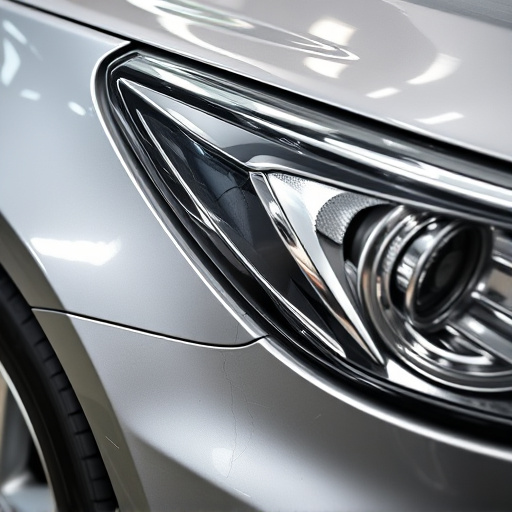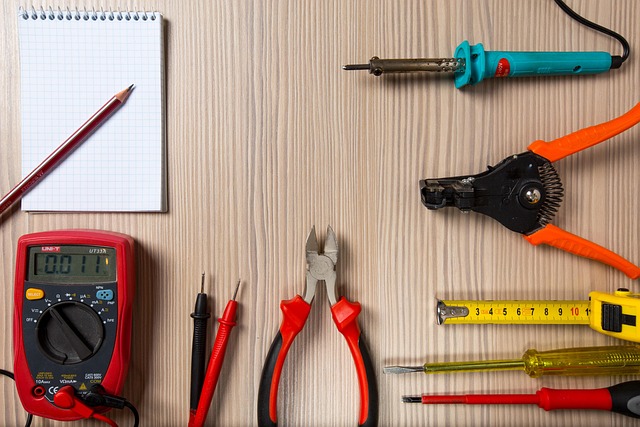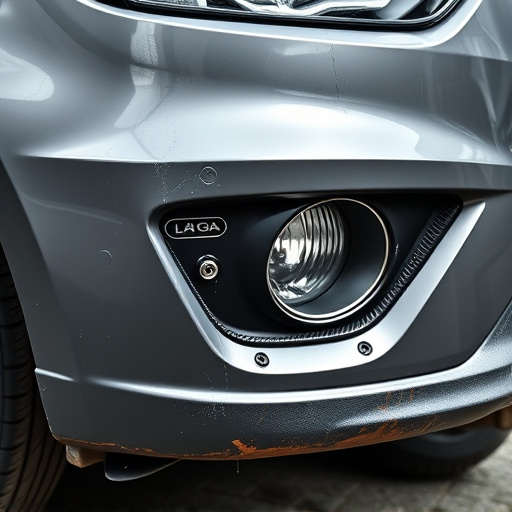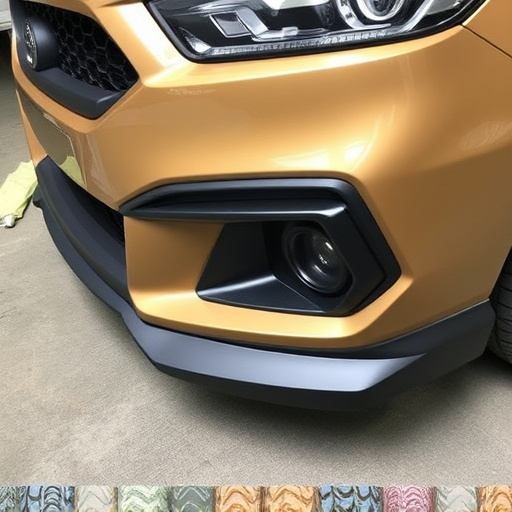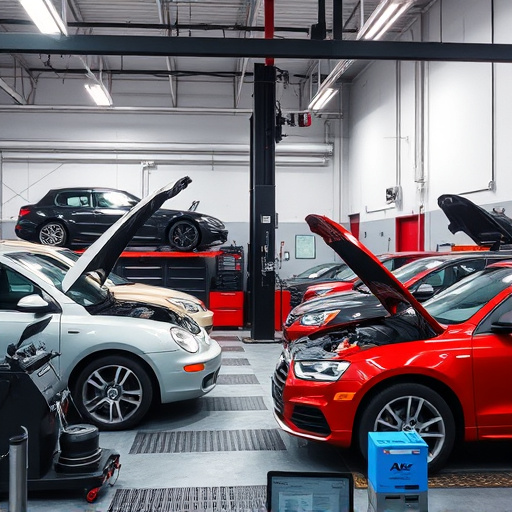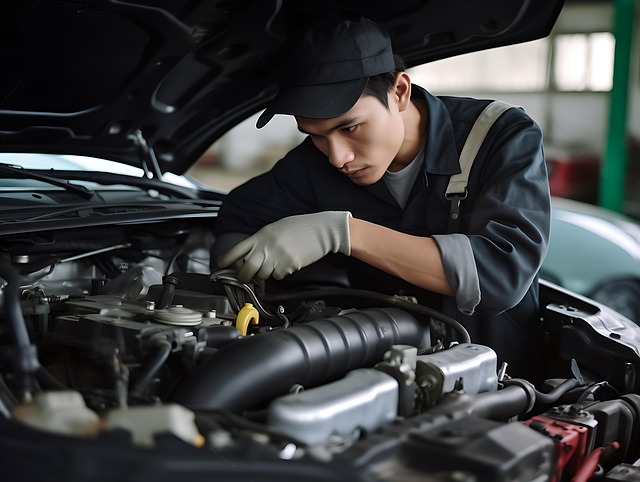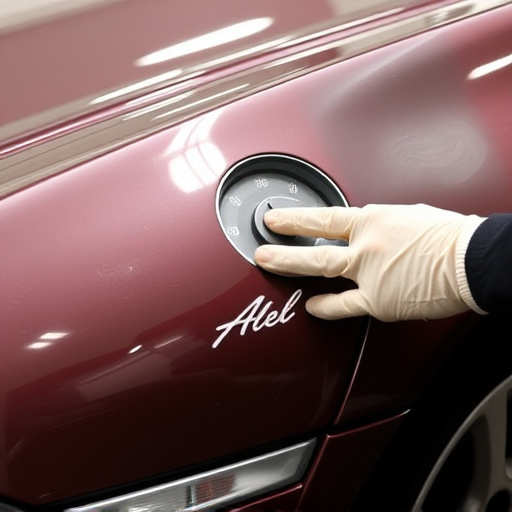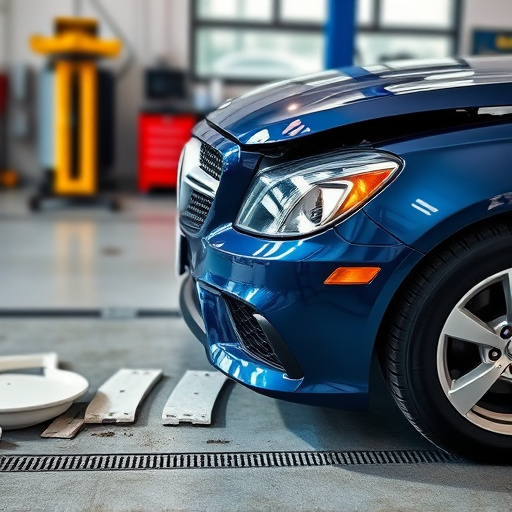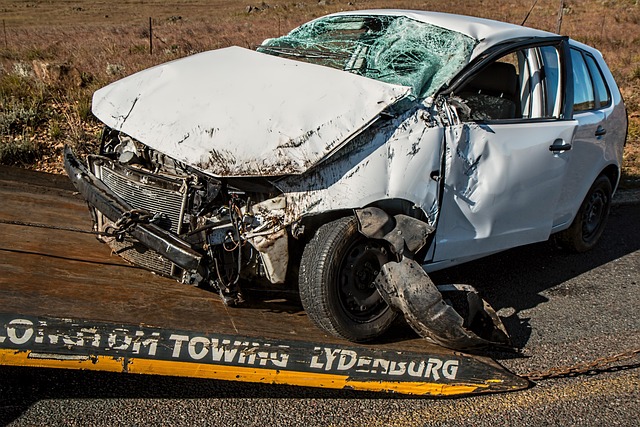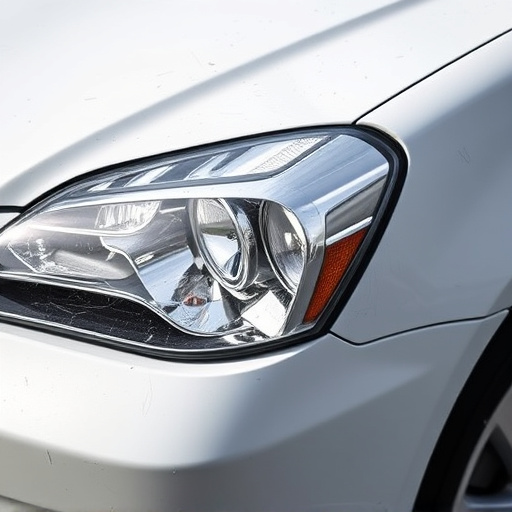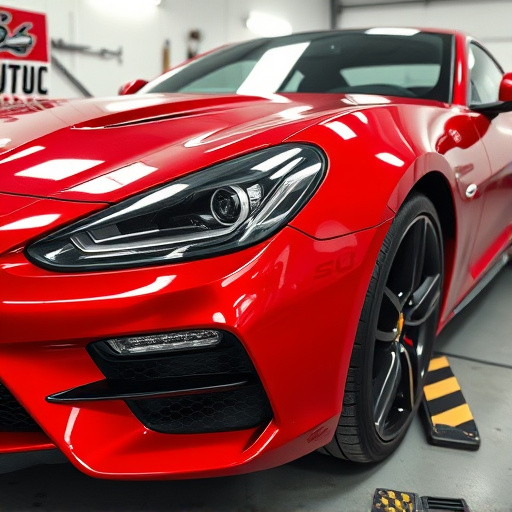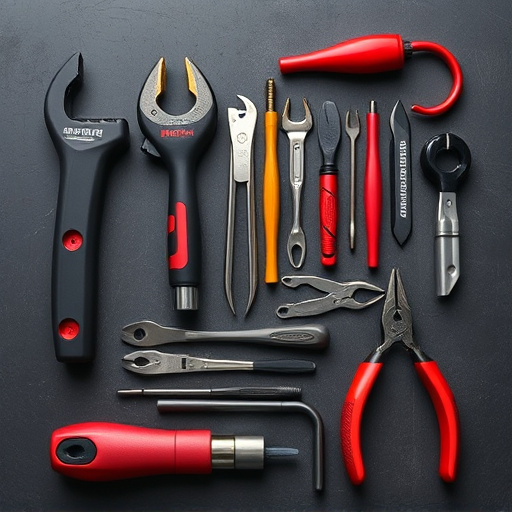Radiator collision repair is vital for vehicle safety and performance after front-end crashes, addressing immediate risks like leaks and overheating, and preventing long-term issues such as persistent engine damage and reduced fuel efficiency. Prompt professional assistance is recommended for severe impacts to ensure comprehensive front-end restoration and maintain optimal engine temperature for sustained vehicle longevity.
Radiator collision damage, while often overlooked, poses significant risks to vehicle safety and performance. Understanding the intricate functionality of radiator systems is key to appreciating why such impacts are dangerous. This article delves into the immediate and long-term consequences of collisions affecting radiators, exploring not just visible repairs but also hidden dangers. By examining these aspects, we highlight the importance of prompt and expert radiator collision repair for optimal vehicle health and safety.
- Understanding Radiator Systems and Their Functionality
- The Immediate Risks of Collision Damage to Radiators
- Long-Term Consequences: Beyond Visible Repair
Understanding Radiator Systems and Their Functionality
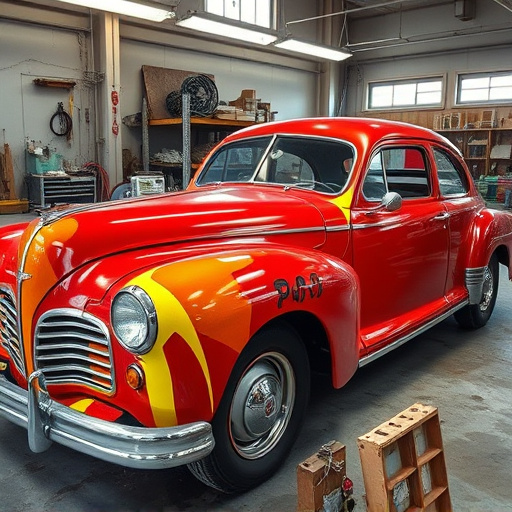
Radiator systems are a critical component of any vehicle’s engine cooling mechanism. They play a vital role in maintaining optimal engine temperature, ensuring efficient performance and longevity. These systems work by circulating coolant through the engine block and radiator, absorbing heat and dissipating it into the surrounding air. In modern cars, radiators are often integrated with intercoolers for enhanced efficiency, especially in high-performance vehicles.
When a vehicle undergoes a collision, particularly involving front-end damage, the delicate balance of these systems can be disrupted. Radiator collision repair is a specialized task as it requires precision to ensure proper cooling functionality is restored. Unlike other auto collision centers, experts in Mercedes Benz collision repair or general auto glass repair, radiator technicians must consider the intricate interplay between multiple components to prevent further engine damage and ensure safe driving conditions.
The Immediate Risks of Collision Damage to Radiators
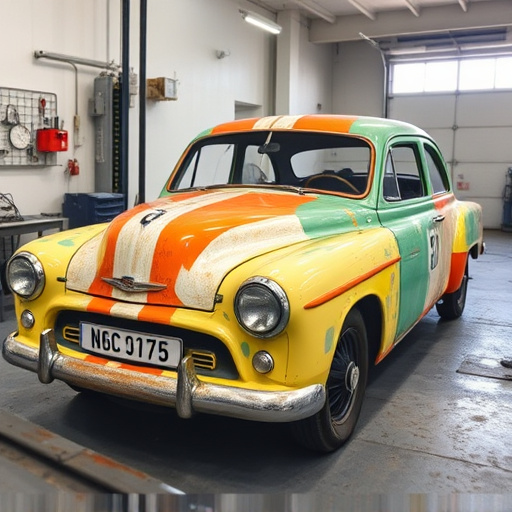
Collision damage to radiators poses immediate risks that often go beyond visible aesthetics. When a radiator is impacted, the potential for internal failures and fluid leaks increases significantly. Radiators are responsible for managing an engine’s temperature, so any disruption can lead to overheating, causing severe engine damage over time. Moreover, collisions can affect the structural integrity of the entire front end of a vehicle, including adjacent components like bumpers and auto glass. These parts, if compromised, not only impact safety but also necessitate costly car bodywork services for repair or replacement.
Immediate attention is crucial when dealing with radiator collision repair to prevent further complications. While some minor dents or dings might be addressable through bumper repair techniques, more severe impacts may require professional assistance from automotive experts. They can assess the extent of the damage and recommend whether a full radiator replacement or comprehensive front-end restoration is necessary, ensuring the vehicle’s safety and performance are not compromised.
Long-Term Consequences: Beyond Visible Repair
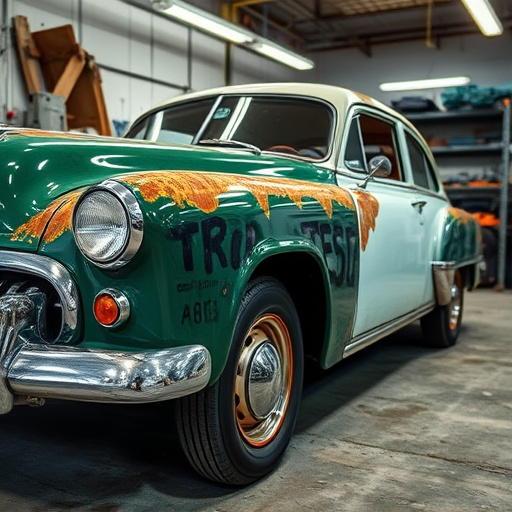
When a vehicle experiences a radiator collision, the immediate concern is often the visible damage—cracked radiators, bent components, and leaks. However, the long-term consequences extend far beyond what meets the eye. Even after successful radiator collision repair, hidden issues might persist. The intricate network of pipes, valves, and cooling systems within a vehicle’s radiator can be delicate, and proper alignment is crucial for optimal performance. Misaligned or damaged components could lead to persistent overheating, reduced fuel efficiency, and potential engine failure over time.
Long-term neglect of these subtle issues can result in more severe auto repair needs, including costly vehicle restoration. What’s more, compromised cooling systems increase the risk of roadside breakdowns, compromising safety and convenience. Therefore, while repairing the visible damage is a necessary first step, it’s paramount to thoroughly inspect and address any underlying problems to ensure the vehicle’s longevity and safety on the road.
Radiator collision damage, while immediate and visible, signifies a deeper problem that extends beyond the surface. Understanding both the short-term risks and long-term consequences is crucial for efficient radiator collision repair. The complexity of modern radiator systems demands specialized attention to ensure not just aesthetic restoration, but also optimal vehicle performance and safety. Prompt action and thorough assessment are key to mitigating potential hazards, preserving efficiency, and getting your vehicle back on the road safely.
